Coal still with part to play in energy mix
The clearance of 200-300 coal wagons per day via the La Lay border gate in the central province of Quang Tri is being deemed impractical, affecting Logistics PTS Vietnam’s future aim of importing five million metric tonnes of coal annually.
“Transportation and warehouse infrastructure is scarce, and so we can only remove about 100 vehicles per day,” said PTS general director Nguyen Quang Huy.
According to him, if Vietnam fails to strengthen infrastructure, improve National Highway 15D, and invest in warehouses, it will miss the chance to compete with Thailand in purchasing coal from Laos.
In February, Laos’ energy ministry announced findings of coal field surveys in the provinces of Sekong and Saravane, indicating that reserves may be as high as 500 million MT.
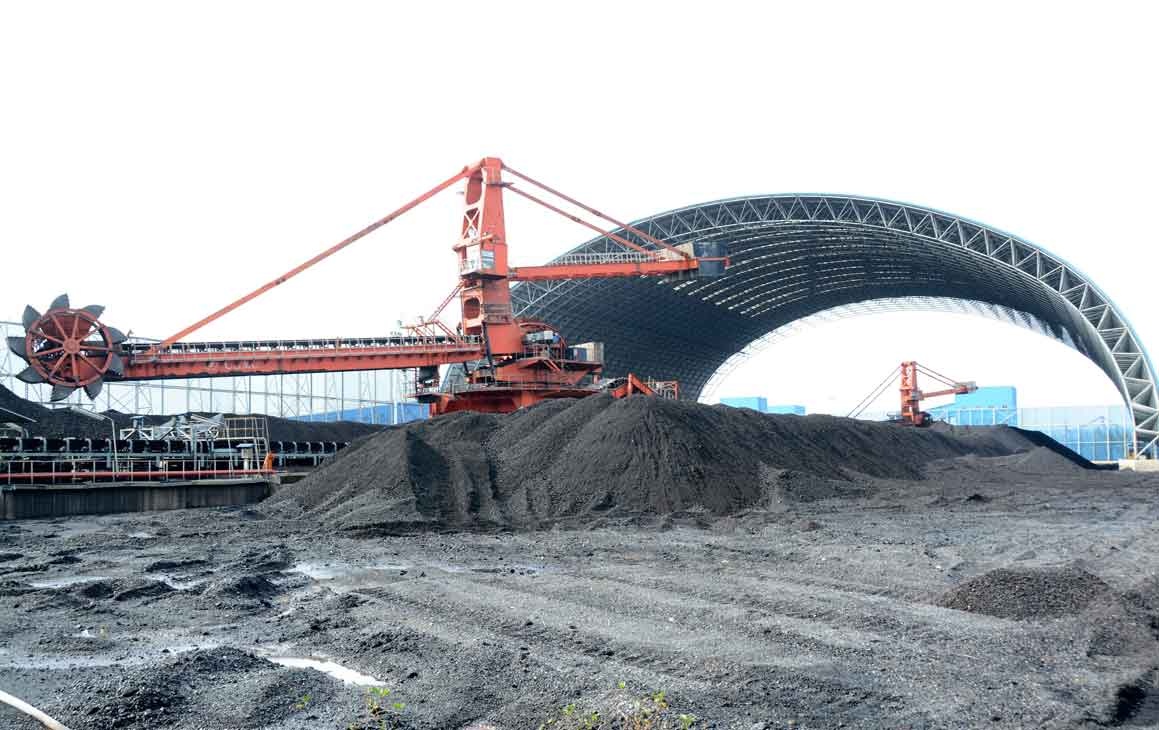 |
| Coal still with part to play in energy mix, Source: evn.com.vn |
Vietnam may experience a power scarcity if the availability of coal becomes constrained. According to Electricity of Vietnam (EVN), the total quantity of electricity generated using coal during the months of May, June, and July can reach a demand of 7.17 million MT.
However, under the terms of the contract EVN signed with Vietnam National Coal and Mineral Industries Group (Vinacomin) and Dong Bac Corporation, the volume of coal is only 6.59 million MT. Ngo Son Hai, deputy general director of EVN, admitted two weeks ago that the coal supply for electricity “is still inadequate” compared to actual needs.
The present supply capacity from Vinacomin and Dong Bac is 46 million MT, less than the coal supply chart for 2023 electricity production approved in February.
EVN factories are lacking 1.3 million MT and, due to market constraints and inadequate coal import infrastructure, it is difficult to purchase coal to augment the quantity of coal that cannot be supplied by Vinacomin and Dong Bac. It is utilising contingency solutions to provide sufficient coal for power production in the current quarter.
The requirement to purchase coal for electricity generation is putting EVN’s financial stability to the test. Its recent request for Vinacomin and Dong Bac to extend the payment deadline for coal demonstrates the company’s finances are severely deficient. In 2022, EVN’s electricity production, trading, and affiliated activities resulted in a loss of $1.12 billion.
According to EVN, the 3 per cent average increase in electricity prices since 2019 is insufficient to counterbalance the high production and business costs of electricity.
After the May 4 decision to raise the average retail price of electricity to 8.2 cents per kWh, it is anticipated that EVN’s revenues will rise by more than $341 million between now and the end of the year.
Analysts have noted that there will be renewed interest in coal imports, which means that the price of purchasing electricity from coal-fired power facilities will remain high. EVN is currently required to mobilise a large output of coal-fired power, despite paying a substantially higher price for electricity compared to other power sources. In the first three months of 2023, the average price of coal-generated electricity was between 8.3 and 9 cents per kWh, while the average price of electricity from other sources was 7.9 cents per kWh.
Coal was the cheapest option for Vietnam’s electricity generation for many years, but it is no longer affordable. EVN has had to purchase electricity from factories using imported coal at a cost of 17 cents per kWh since the price of imported coal soared. EVN is currently purchasing imported coal from Vinacomin for approximately 17 cents per kg.
As households and businesses use more electricity during the summer months, the energy sector is under increasing pressure to guarantee a sufficient supply of electricity for those months. In Q2 as a whole, Vinacomin will need to provide 10.8 million MT of coal for power production, but primary coal production is only estimated to be 11.25 million MT, so it will still need to import 2.8 million MT more. Vietnam will be compelled to import from countries such as Indonesia, Australia, and South Africa, but the global coal market is extremely limited, particularly for anthracite coal, which is used in the majority of EVN’s facilities.
According to the Technical and Production Department of EVN, it is particularly challenging to import anthracite coal because it only accounts for about 3 per cent of global coal production.
| Nguyen Hong Dien - Minister of Industry and Trade
Units must rigorously implement the approved electricity supply and coal supply plan for power generation by the Ministry of Industry and Trade, with the overarching objective of ensuring the nation’s electricity supply. Coal shortages, resulting in a dearth of fuel for electricity production, must be avoided at all costs. EVN must focus efforts on operating the power system and implementing immediate solutions to assure the power source, and discuss and mobilise power plants that are available to generate electricity, including eligible transitional renewable energy plants, to expand the power system’s capacity. It must expeditiously implement the purchase and sale of electricity with signed contracts, and expeditiously negotiate the import of electricity. To assure power supply for the entire system, PetroVietnam and Vinacomin must resolve the issue, bring the generating sets into operation as soon as possible, and stabilise the power plants managed by the group. Simultaneously, they must coordinate closely with EVN and associated parties on the availability of gas and coal to power plants in line with the 2023 plan to boost utilisation and import so that there is no gas or coal shortfall for electricity generation. |
| Coal groups contend with new era Power price hike on the cards in Vietnam Thermal power plants face risk of coal shortage |
| According to the MoIT’s Draft Strategy for Vietnam’s Coal Industry Development 2025-2035, Vietnam will raise its coal imports. Vietnam’s coal demand is projected to rise 94-97 million MT in 2025 to 125-127 million MT in 2030, primarily due to the demand for power generation and economic sectors including cement, metallurgy, and chemicals. The capacity to mobilise coal is anticipated to reach 43-47 million MT of commercial coal annually by 2030. During 2025-2035, imports will range between 50 and 83 million MT. The MoIT has determined that the majority of domestic coal will be prioritised for power production through 2030, accounting for approximately 85-90 per cent of the total commercially exploited coal output, or 39-42 million MT. |
What the stars mean:
★ Poor ★ ★ Promising ★★★ Good ★★★★ Very good ★★★★★ Exceptional
Related Contents
Latest News
More News
- Robust green aims will unlock new potential (November 18, 2024 | 16:44)
- Dual transition can motivate businesses (November 18, 2024 | 16:35)
- Vietnam and New Zealand look to a sustainable future (November 18, 2024 | 16:17)
- Companies must embrace green finance initiatives (November 18, 2024 | 16:07)
- Dual transition to help firms of all sizes (November 18, 2024 | 15:48)
- Foot must remain on pedal to achieve SDGs (November 17, 2024 | 10:26)
- 45 enterprises honoured for sustainable development contributions (November 17, 2024 | 10:00)
- New Zealand’s approach to sustainable ambitions (November 17, 2024 | 09:48)
- Concerted efforts to address climate change (November 17, 2024 | 09:40)
- Factors to take into account for ESG implementation (November 17, 2024 | 09:34)





 Tag:
Tag:
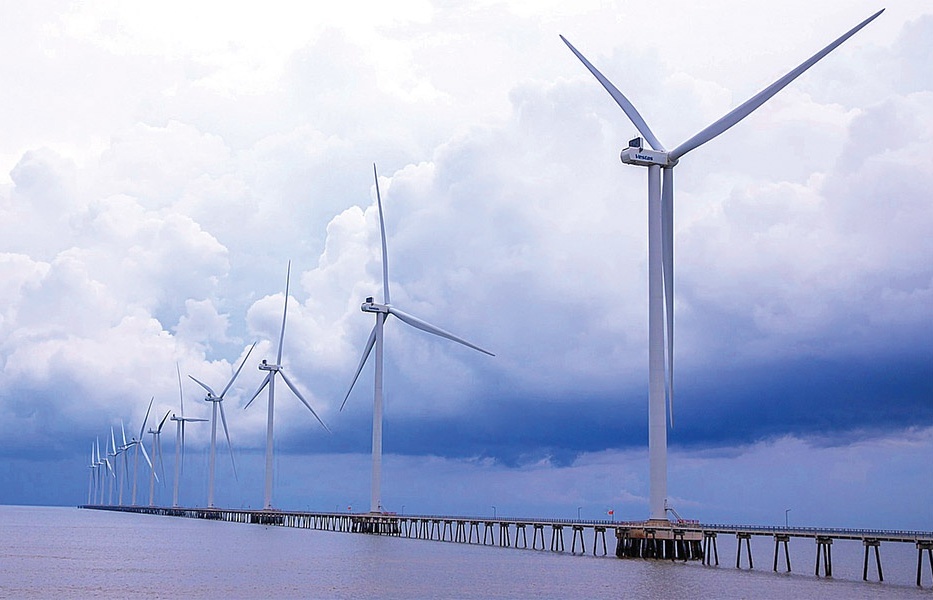
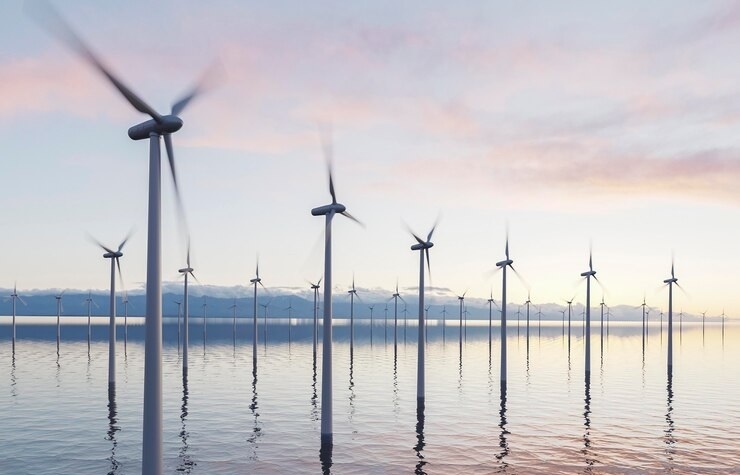
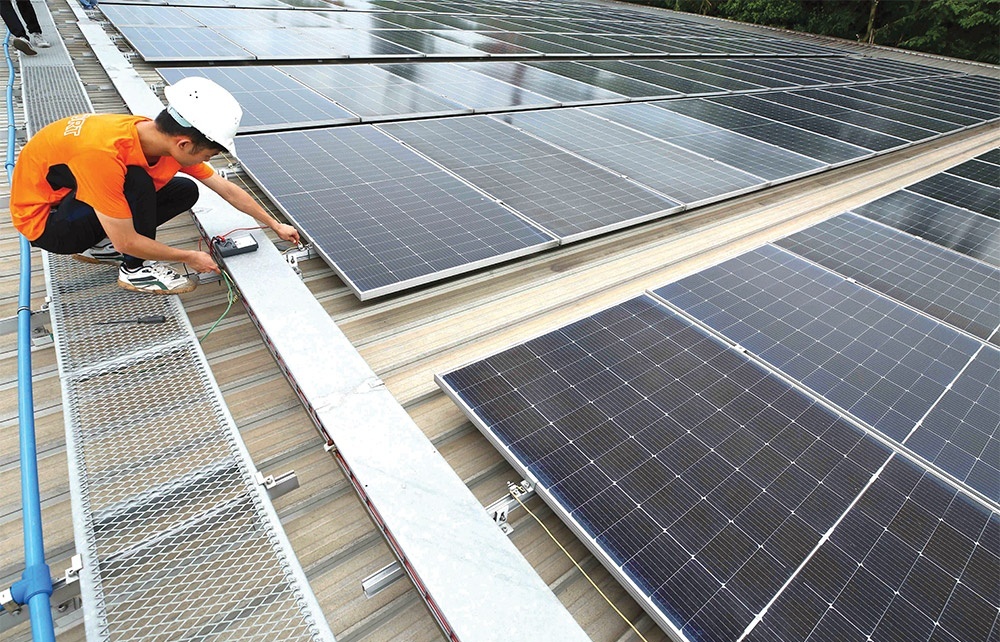

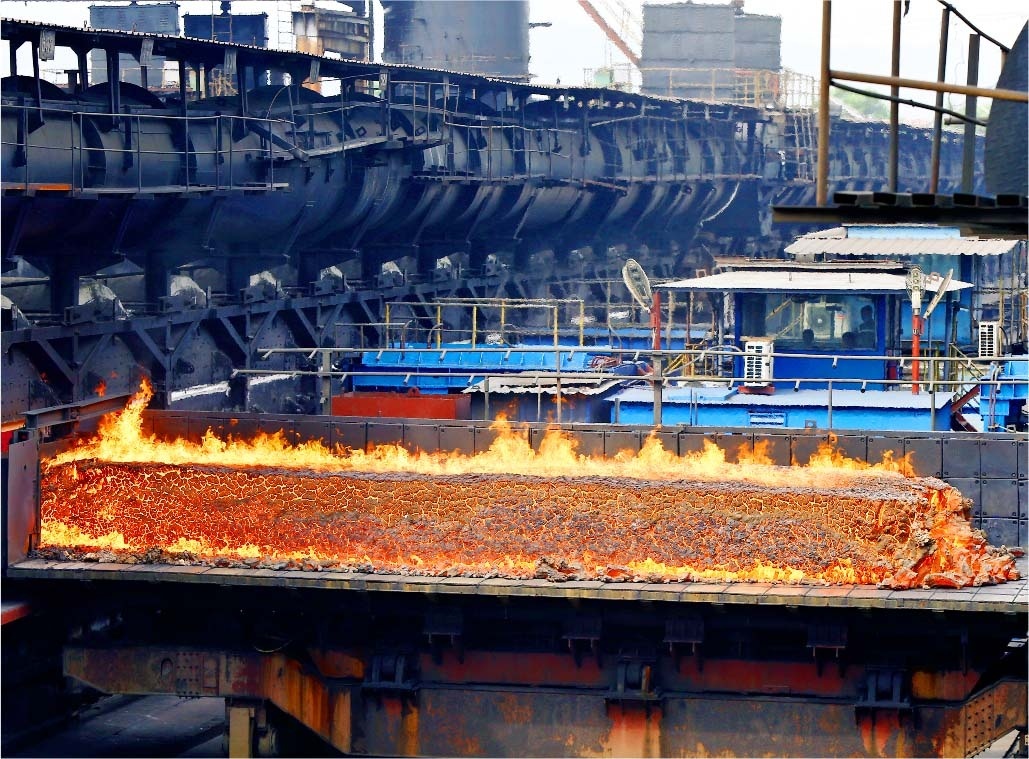
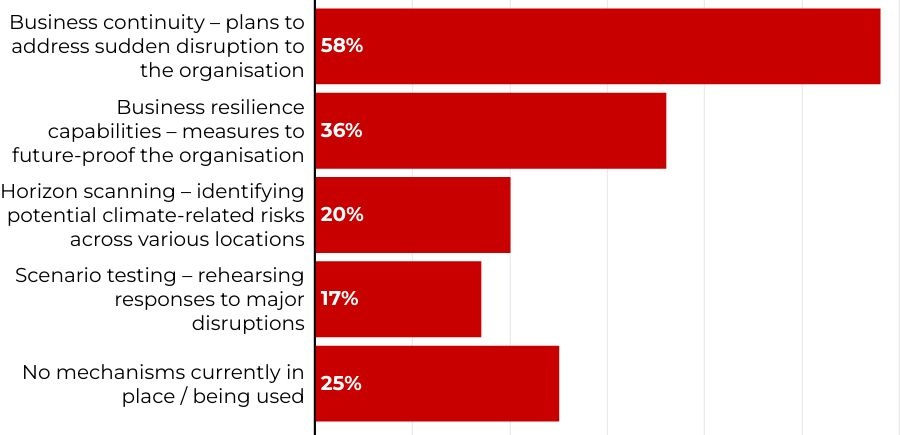















 Mobile Version
Mobile Version